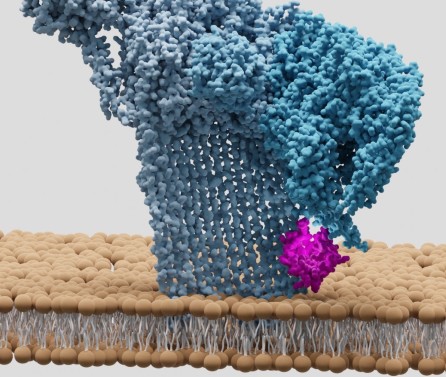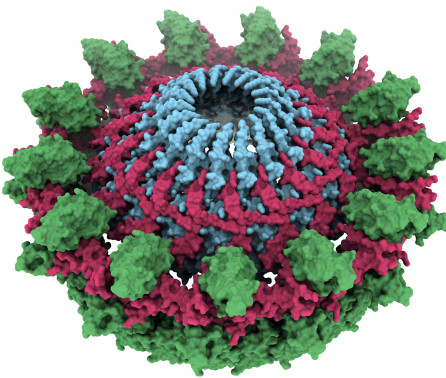BibTex format
@article{Rutherford:2012:10.1016/j.febslet.2011.12.039,
author = {Rutherford, AW and Osyczka, A and Rappaport, F},
doi = {10.1016/j.febslet.2011.12.039},
journal = {FEBS Lett},
pages = {603--616},
title = {Back-reactions, short-circuits, leaks and other energy wasteful reactions in biological electron transfer: Redox tuning to survive life in O(2).},
url = {http://dx.doi.org/10.1016/j.febslet.2011.12.039},
volume = {586},
year = {2012}
}

